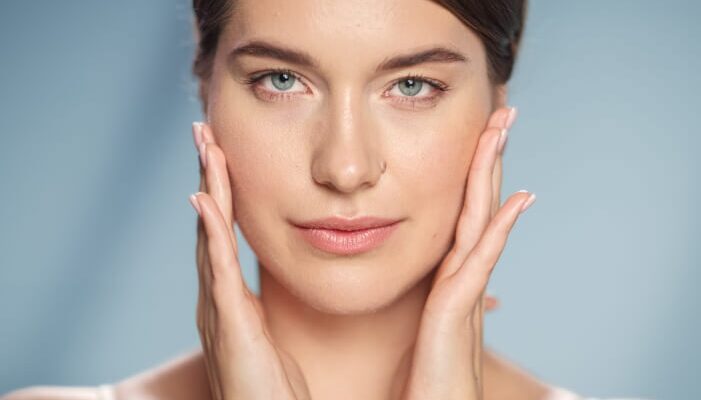A crooked chin can affect one’s self-confidence and facial symmetry. Whether caused by genetics, injury, or other factors, addressing a crooked chin is a common concern. Here are some expert tips on how to fix a crooked chin effectively.
Understanding the Causes of a Crooked Chin
Understanding the underlying causes of a crooked chin is crucial for determining the most effective treatment. Common causes include:
- Genetics: Some people are born with a naturally asymmetrical chin.
- Injury: Trauma to the jaw or chin area can result in misalignment.
- Dental Issues: Misaligned teeth or jaw can cause the chin to appear crooked.
- Muscle Imbalance: Uneven muscle development on the sides of the face can pull the chin out of alignment.
Non-Surgical Solutions
Facial Exercises
Facial exercises can help in correcting a mildly crooked chin by strengthening and balancing the muscles around the jawline.
- Chin Tucks: Gently tuck your chin towards your neck and hold for a few seconds. Repeat several times a day.
- Jaw Exercises: Open and close your mouth slowly while applying gentle pressure with your hand under the chin.
Dermal Fillers
Dermal fillers can be used to sculpt and balance the chin’s appearance. This non-invasive procedure involves injecting hyaluronic acid fillers to add volume and symmetry.
- Quick Results: Immediate improvement in chin alignment.
- Temporary Solution: Fillers typically last between 6 to 18 months.
Surgical Options
Chin Augmentation (Genioplasty)
Chin augmentation, also known as genioplasty, involves surgical enhancement of the chin. This procedure can correct severe misalignment and provide long-lasting results.
- Implants: Silicone implants can be inserted to reshape the chin.
- Bone Surgery: The surgeon may move the bone to create a more balanced appearance.
Orthognathic Surgery
For those with severe jaw misalignment affecting their chin, orthognathic surgery may be necessary. This procedure involves repositioning the jawbones to correct alignment.
- Comprehensive Solution: Addresses both chin and jaw alignment issues.
- Recovery Time: Requires a longer recovery period compared to non-surgical options.
Post-Treatment Care
Proper aftercare is essential to ensure optimal results and avoid complications.
- Follow-Up Appointments: Regular check-ups with your healthcare provider to monitor progress.
- Avoid Strain: Avoid activities that put a strain on the chin and jaw during recovery.
- Maintain Good Oral Hygiene: Keeping the mouth clean can prevent infections post-surgery.
Consultation and Professional Advice
It is important to consult with a board-certified plastic surgeon or a dermatologist to determine the best course of action for fixing a crooked chin. They can provide personalized recommendations based on individual cases.
For more detailed information on how to fix a crooked chin (คางเบี้ยววิธีแก้, which is the term in Thai), consulting with a professional is crucial. They can assess your specific situation and recommend the most effective treatment plan.
In Conclusion
Fixing a crooked chin involves a range of options, from non-invasive treatments like facial exercises and dermal fillers to surgical solutions such as chin augmentation and orthognathic surgery. Each method has its benefits and considerations, and a professional consultation will help in choosing the best approach for achieving a balanced and symmetrical chin.




